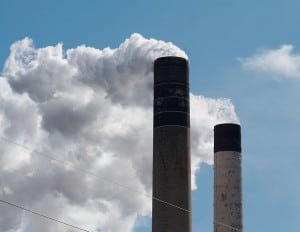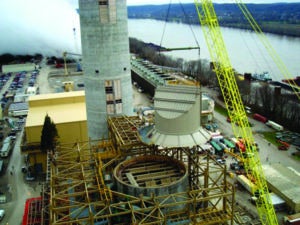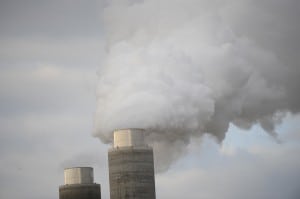SO2
-
O&M
Understanding Selective Catalytic Reduction Systems and SCR Design Considerations
Selective catalytic reduction (SCR) is an important emissions control technology utilized at many coal, biomass, waste-to-energy, and gas-fired power plants. Many items must be considered when designing SCR
Tagged in: -
Coal
Why Sulfur Oxides Are Bad and How Flue Gas Desulfurization Technology Works
Sulfur oxides (SO x ) have several harmful effects both to the environment, and to human and animal health. Much of the SO x in the atmosphere comes from the burning of fossil fuels by power plants and other
-
Coal
Coal Plants May Get Scrubber Reprieve from Proposed EPA NAAQS Redesignations
The Environmental Protection Agency (EPA) has moved to redesignate four new areas of Missouri, Nebraska, Ohio, and Texas as being in attainment of air quality standards for sulfur dioxide (SO2). The proposed actions issued over the past week provide a potential reprieve for several coal power plants, which would have needed costly pollution controls to […]
-
Environmental
EES Acquires Novinda’s Amended-Silicate Technology for Mercury Control from Utility & Industrial Power Plants
SANDY HOOK, Conn.–(BUSINESS WIRE)–Environmental Energy Services, Inc. (EES), a privately held clean energy company utilizing innovative chemistry for energy efficiency, air pollution control, and water treatment for utility and industrial power plants announced today, that it has acquired the exclusive intellectual property rights and all associated assets for Amended-Silicate Technology from Novinda Holdings, Inc. The […]
-
News
Power Plant Emissions Down Substantially in U.S. Since 1990
Power plant SO2 and NOx emissions have decreased 92% and 84%, respectively, since Congress passed major amendments to the Clean Air Act in 1990. Meanwhile, mercury air emissions from power plants have decreased 90% since 2000, as federal limits on mercury and other hazardous air pollutants from coal-fired power plants went into effect in 2015. […]
-
News
EPA to Retain Primary NAAQS for Sulfur Dioxide
The Environmental Protection Agency (EPA) will refrain from amending the National Ambient Air Quality Standards (NAAQS) for sulfur dioxide (SO2), retaining a 2010 rule, which it said adequately protects public health. The agency on Feb. 25 said in a notice that a periodically required review of the primary—or health-based—rule concluded no revision was necessary. The […]
-
Environmental
The Impact of Environmental Regulations on Power Generation
For many years, air pollution control (APC) rules and regulations have governed the design and economics of the world’s power generation fleet. These rules have had a tremendous impact, improving air quality
-
News
Particulate Matter Should Be Focus of Air Emissions Regulations
Residents of Texas living downwind of coal-fired power plants would be far better off today if regulators had focused on cutting particle-forming SO2 emissions rather than concentrating so keenly on ozone-causing emissions, according to a recent study conducted by researchers at Rice University in Houston, Texas. The head of the study, environmental engineer Daniel Cohan, […]
-
IIOT Power
Advanced Process Control for Optimizing Flue Gas Desulfurization
Coal-fired power plants can significantly improve wet limestone scrubbing with advanced process control. One optimization system implemented at a Japanese facility utilized enhanced regulatory control
-
Legal & Regulatory
IEA: World’s Power Sector Trails Others in Air Emissions
The world’s power sector last year emitted a third of global sulfur dioxide (SO2) emissions, 14% of nitrogen oxides (NOx), and 5% of total particulate emissions (PM2.5), but those emission values have fallen drastically over the last decade even though coal power generation has seen a surge, the International Energy Agency (IEA) said in a […]







